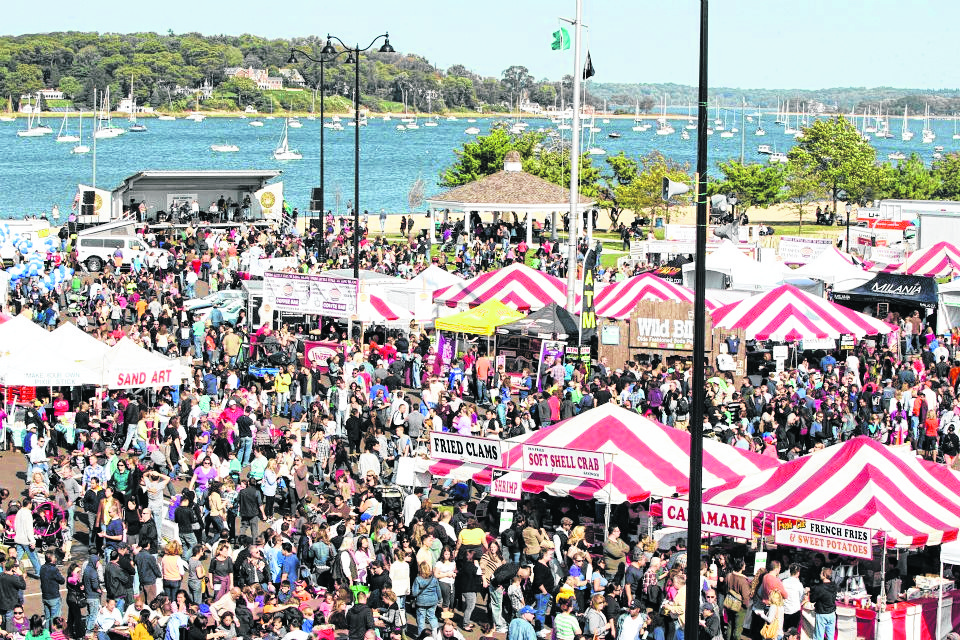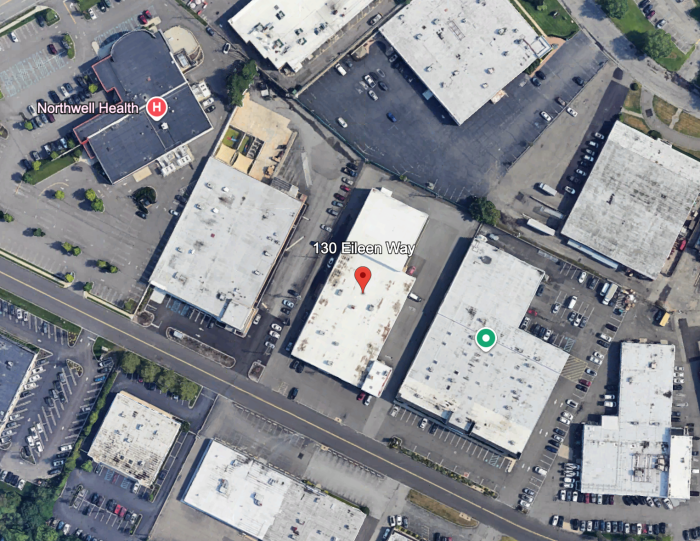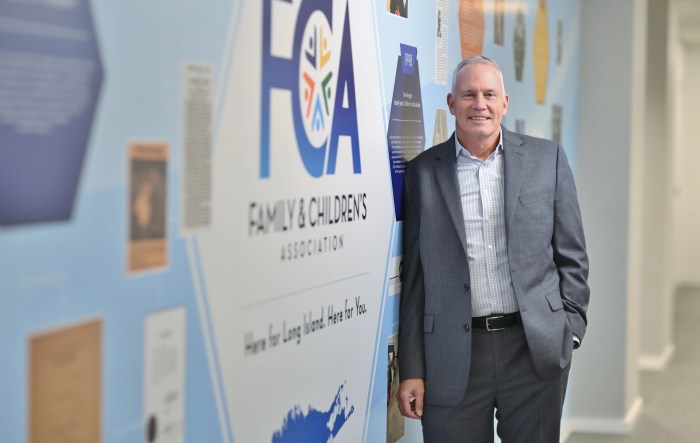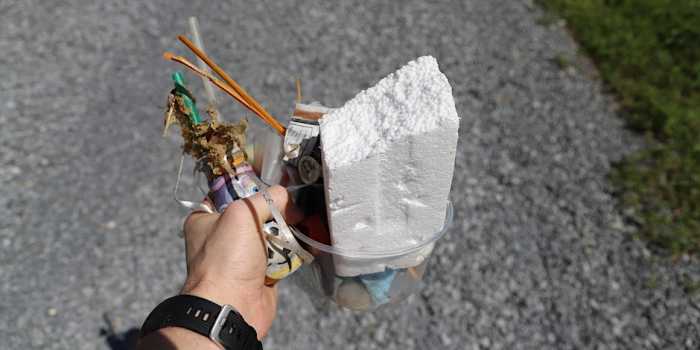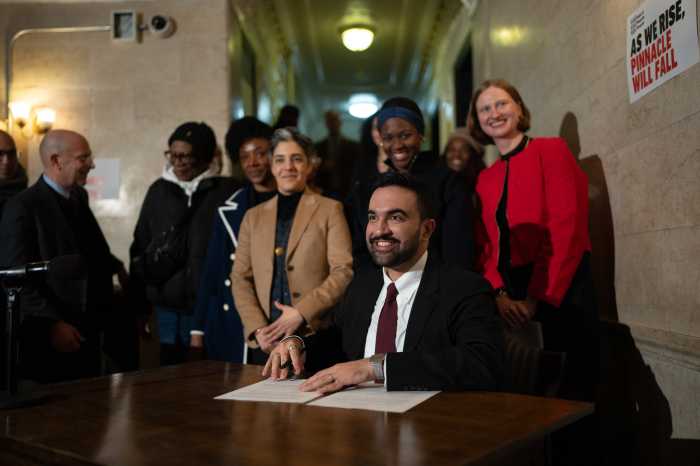For the last two years, the Oyster Festival, the largest nonprofit event on Long Island, has used oysters from a Connecticut farm, reversing a decades-long practice of offering only oysters from Long Island.
The move has outraged Long Island baymen.
The festival, always held in the fall, is scheduled this year for Oct. 19 and 20 on Main Street in downtown Oyster Bay. The event attracts between 150,000 to 200,000 people annually. It is one of Long Island’s most-attended annual events, drawing people from across the metropolitan area. In addition to oysters, it features artisans, amusement rides, eating and shucking contests, pirate shows and live entertainment.
For decades, the festival’s oysters were donated. In recent years, the donations came from Frank M. Flower & Sons of Oyster Bay. But the farmer has been involved in litigation with the Town of Oyster Bay, which in 2003, sued it, claiming Flower & Sons failed to plant clam seeds in Oyster Bay Harbor and Cold Spring Harbor. Flower & Sons did not return a call seeking comment.
But as a result, Flower did not donate oysters in the last two years. The festival hired a broker and found Copps Island Oysters by Norm Bloom & Son in Norwalk, Conn.
Kerry Gillick-Goldberg, a spokeswoman for the festival, said festival officials had talked to Long Island farmers.
“We go through 50,000 oysters in a weekend,” she told the Press. “For 40 years, we had always gotten the oysters donated. Did we speak with Long Island growers? Of course we did. But they couldn’t match the price or the quantity” needed.”
For the last two years, the festival has had to purchase the oysters. She said the festival saved 30%on oysters by going to the Connecticut farmer.
Long Island growers have had a hard time for years. They face stiff competition from larger growers in Connecticut and Chesapeake Bay, and a New York City market that is always looking for the lowest price.’
Chuck Westfall, owner of Thatch Island Oyster Farm in the Great South Bay and president of the 20-member Long Island Growers Association, said local growers are competing against 1,000-acre farms outside of New York. He noted that Suffolk County’s aquaculture lease program limits farms on the Peconic Bay to 10 acres or less, And, oysters from out-of-state generally come in at lower prices.
Long Island growers sell oysters at wholesale from 55 to 65 cents each, and from 75 to 85 cents to restaurants. But farmers from other states can go as low as 45 cents, Westfall said.
It also angers Long Island growers that those out-of-state market oysters are using the name Blue Point, a name long associated with Island oyster. New York State law requires Blue Points be harvested in the Great South Bay. Westfall said the out-of-state growers using the Blue Point name are “pirates.”
What will happen at the festival this fall as far as Long Island oysters are concerned?
“We’ll know when we get closer,” Gillick-Goldberg said.
Westfall said his organization will be pushing the festival to use Long Island oysters.
“We’re going to try to embarrass them into it,” he said.
Gillick-Goldberg said some might ask why the festival does not use oysters from three or four growers in order to obtain the amount of produce it needs.
The issue, she said, is health. “If anybody gets sick,” she said. “you have to shut down” the offerings from all the growers.
Nonetheless, Long Island growers are upset.
The festival “is an excellent opportunity to support oysters from Long Island,” said Chris Quartuccio, owner of Blue Island Oyster Co. in the Great South Bay.
“It’s especially so in the fall when we have the most oysters available. That’s when the market is flooded. It would be helpful if they (the festival) could move 50,000 oysters,” said Quartuccio, who has been in the oyster business for 20 years.
Westfall argues that oysters from Long Island are superior to those from Connecticut and other places along the Eastern Seaboard, because many come from the Great South Bay, instead of from rivers elsewhere.
“Long Island does have good waters,” Westfall said.
The decision by the festival the last two years to use Connecticut oysters is the latest blow to the industry on Long Island, which was virtually shut down by the Covid-19 pandemic, as many restaurants were closed.
“The oyster industry had collapsed,” Westfall said. “We’re just trying to come back.”




